|
Tomatoes, from the small to the gigantic, are like emblems of profound lushness, rain, heat and daylight. Mini-zebras—they’d be like museum pieces, if there weren’t so many of them. Mammoth Beefsteak—a state-fair-sized specimen from Don’s Covesville garden. Readers of this blog may remember last summer’s Covesville field reclamation project, working only with rain and aboriginal creek bottom soil, red clay thickly studded with white quartz fragments. This year, with better planning, results in Covesville are interesting compared to our intensive raised bed scheme maintained primarily by Karen. Since the Covesville garden is primarily maintained by Don, it’s obvious that I personally am too lazy to garden. Standing next to Mike Reilly in Covesville is a massive volunteer Japanese winter squash. A long L-shaped row of winter squashes, pumpkins and gourds. Corn: a success this year, for the raccoons who claimed it. The tale is not finished at Covesville, but plant diseases and insect infestations are still not an issue there, possibly due to the comparatively huge space. Weed/squash overgrowth forms cover for insects, reptiles and amphibians. That’s good. Rabbits and raccoons are a real issue, but that’s good too, for rabbits and raccoons. In this less closely tended and much more spaced out garden, nature (i.e. weeds and the things that weeds shelter) seems fairly harmonious with garden produce. This year’s corn was chosen to be big corn. Winter squash, if it’s wet enough for them to survive, will then shade and cool the ground. Field peas have ‘field’ in their name for a reason. So we will see. But it is interesting about the roominess of the large-scale stand versus the pest propensities of closely-gardened concentrated beds. As usual or as ever, the main limitation of gardening is available labor. Meanwhile, late summer field peas and pole beans in Karen’s raised beds. The foreground is heirloom “Polecat” bean. Polecat beans—tasty! Purple shiso, a delicately astringent mint relative. Gardens are of the insects, by the insects, for the insects, so insects shall not perish from the earth. We surely must battle select insect pests to get our share of what we planted, and as Abraham Lincoln well knew, you can fool some of the insects some of the time, though victory over all of the insects all of the time is not in the cards. Insofar as there is an answer to bug problems, part of the answer is to draw in even more insects, because many of them eat each other—efficiently. A mantis preying in the rain on September 1. No days off. A tussock moth caterpillar crawling along the back of a plastic lawn chair in August. Note the dense fur of neurotoxin-loaded hairs on this interesting touch-me-not creature. Calling all insects. This is not a drill. Meanwhile, weeds explode ungovernably, the lawn seems to need mowing every week, and yet it’s also time to restore last year’s desperate iris losses by re-digging the beds, improving the soil, disentangling the iris rhizomes, and straining out the rhizomes of Bermuda Grass. This task should be done every third year anyway, or the irises will suffer. I also like to top layer irises with ash and charcoal. The irises don’t seem to mind, while some weeds do. The soil in this bed did not drain well enough for irises in a really wet year. We’re having another really wet year now. Gardening is a process. Every allocation of labor means something else gets left to its own devices, which is how Three Stooges episodes begin. I do enjoy gardening. Kneel and pray to the triangular rock. The brutal realities of September gardening. I sometimes wonder why I natter on about gardening as I do in this blog. The current plagues of the world, some of which are viral or bacterial and others secular or religious, and the well of suffering that is the earth, seem to call for more than morning glories. But reality will not take our bullshit. That does not leave us with much. No sense slinging muddy philosophical crap at nature. Nature is the real king of life and death. In all humility, here are some morning glories. Like voices from a distant star, to borrow a Makoto Shinkai title.
1 Comment
|
AuthorGary Dale Mawyer, a Central Virginia native, has over 40 years of publishing and editing experience and lives with his wife Karen and two cats in Albemarle County. Sites I likeafroculinaria.com/
largea.wordpress.com/livinglisteningandthingsilove naturalpresencearts.com/ someperfectfuture.com Archives
September 2022
|

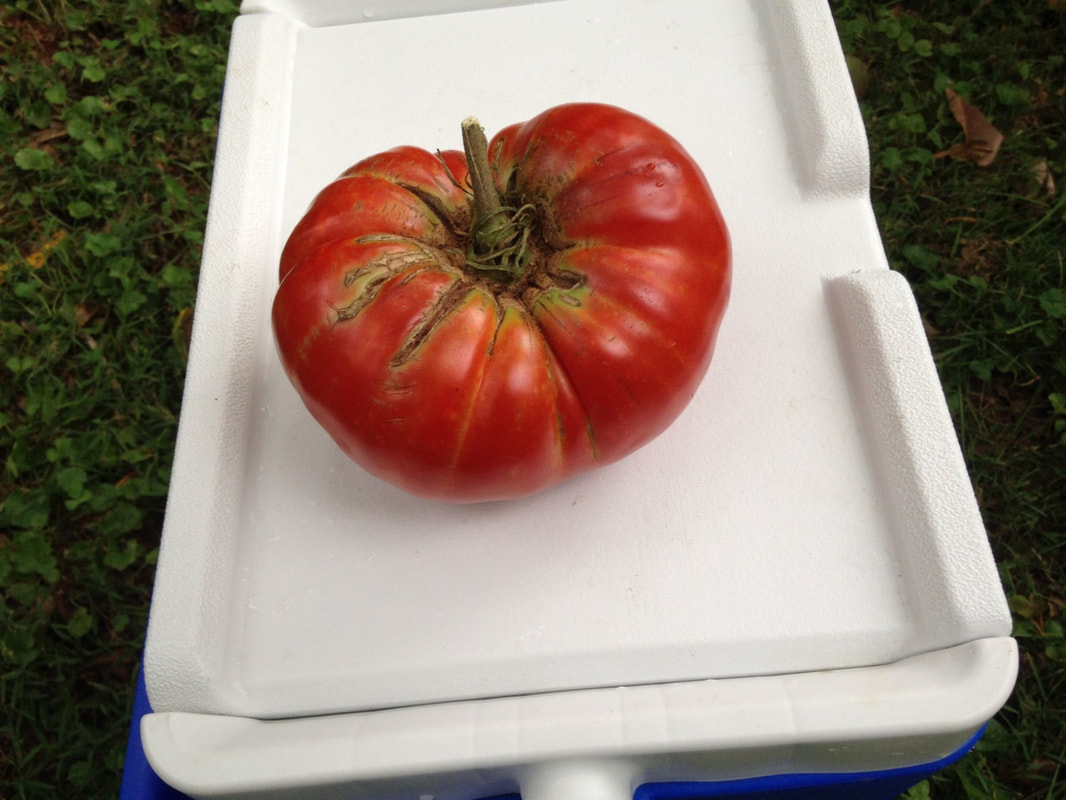





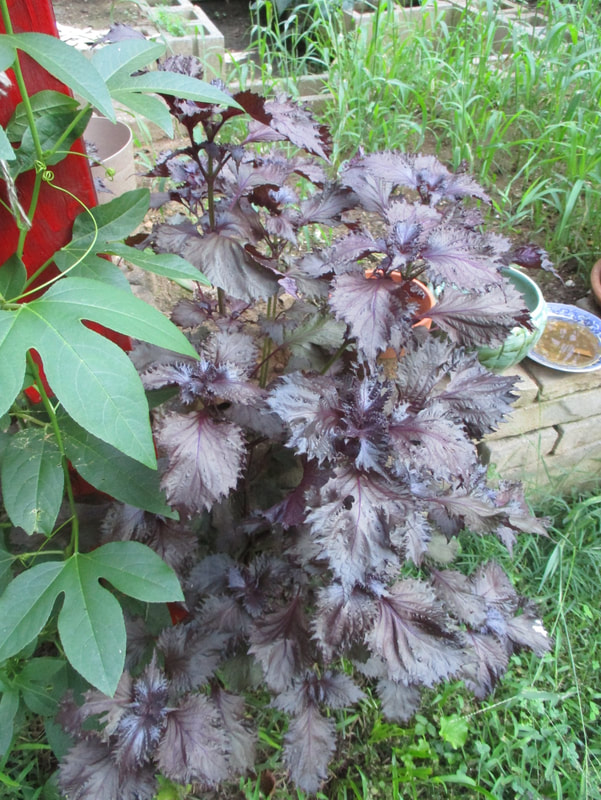
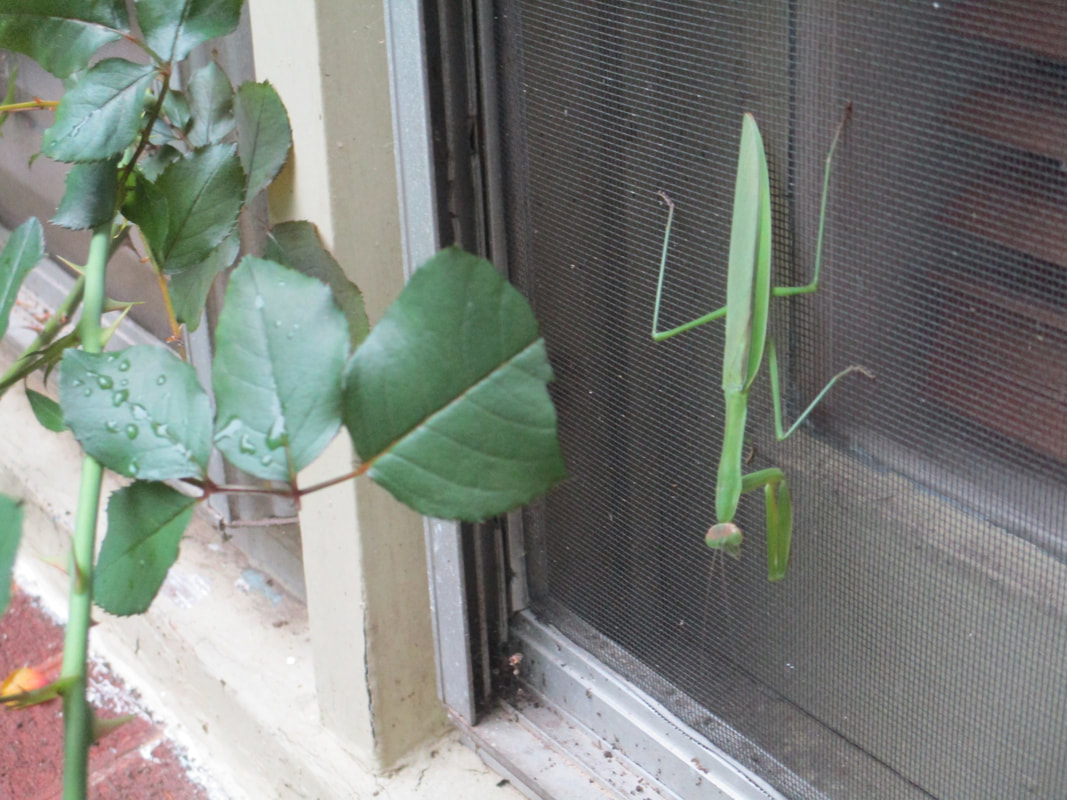

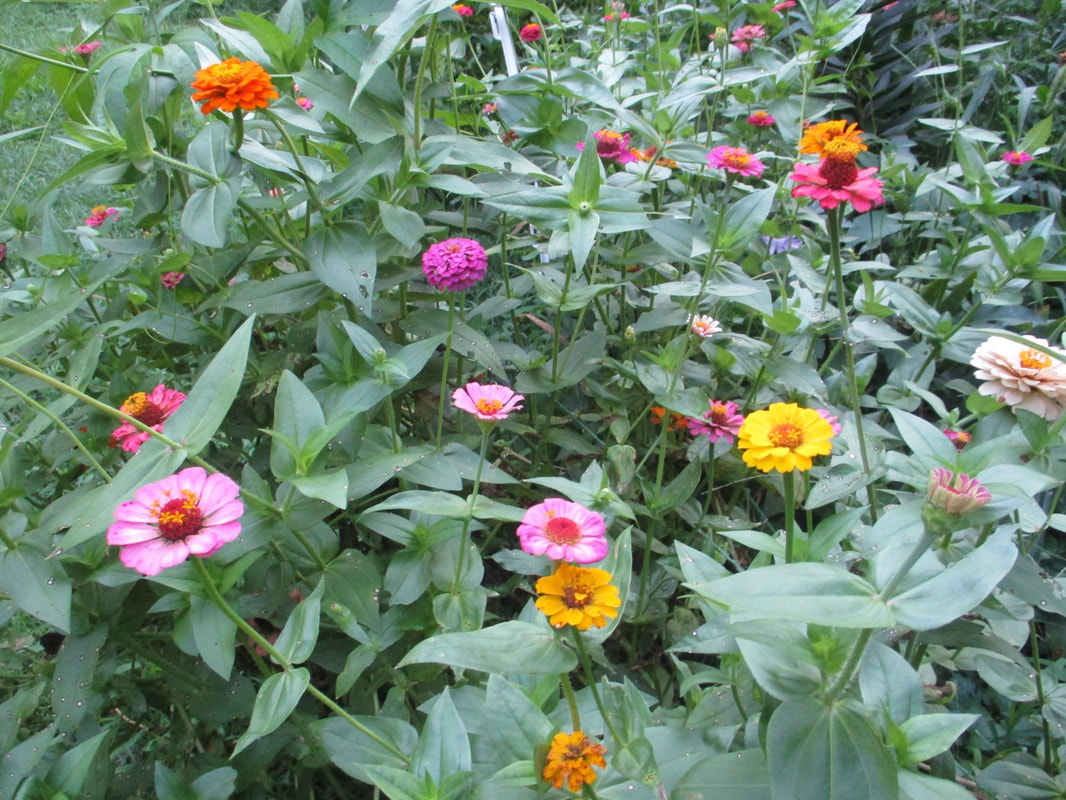


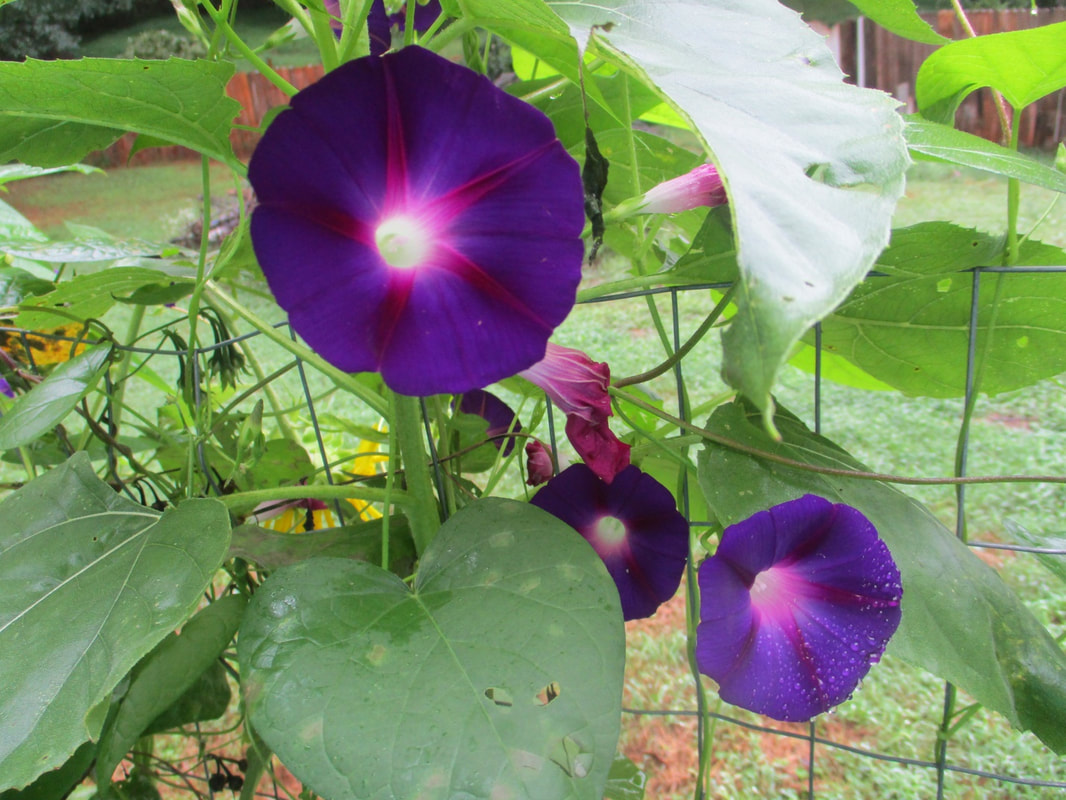

 RSS Feed
RSS Feed